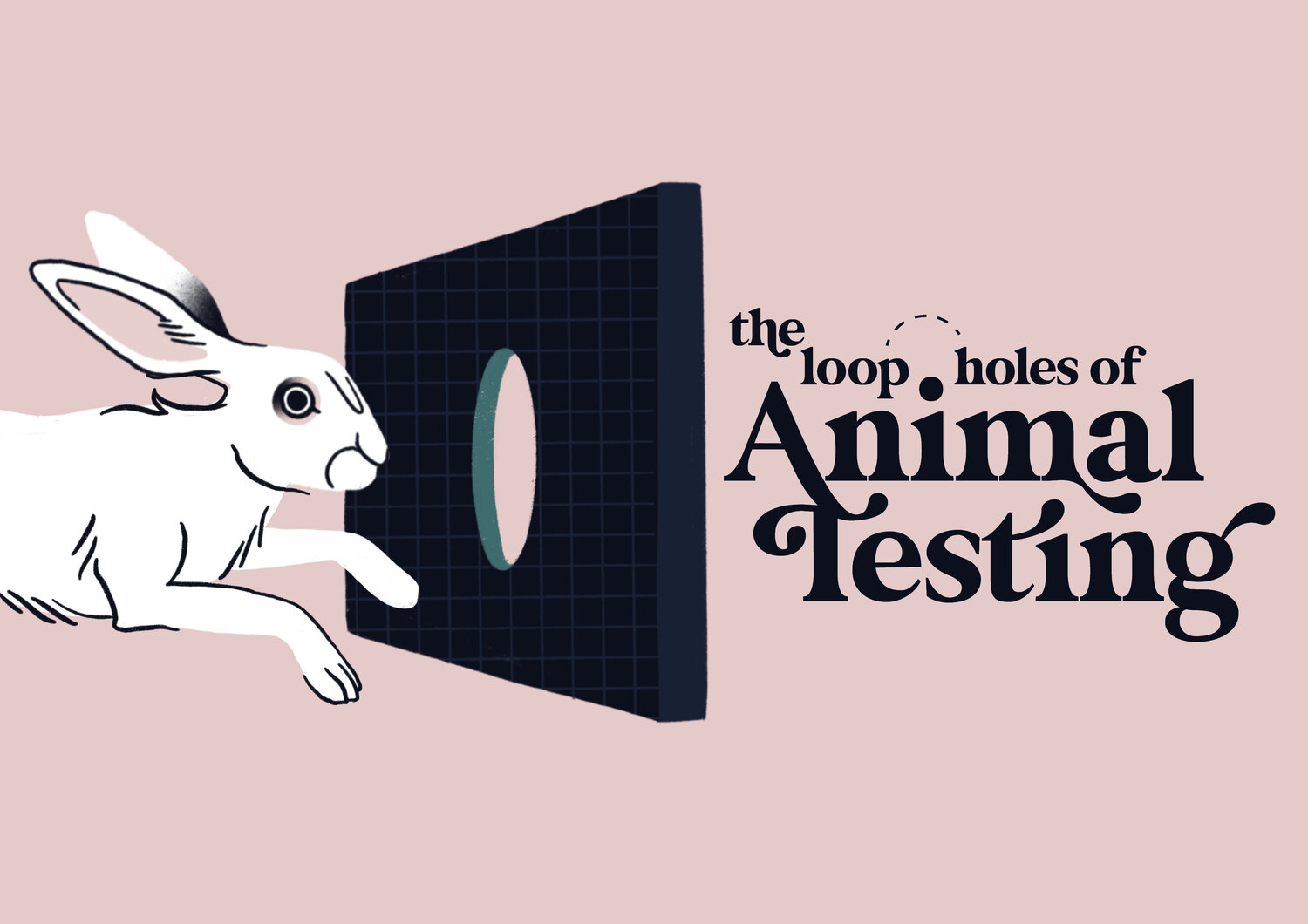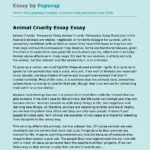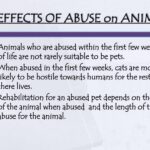When we think of animal cruelty, a harrowing image often comes to mind: animals enduring suffering unnecessarily at the hands of humans. Such considerations usually evoke a visceral response. However, when we delve into the realm of animal testing, a revelatory question arises: is animal testing effectively excluded from animal cruelty laws? The exploration of this legal conundrum exposes intricate loopholes that stretch the definitions of protectionism and ethical responsibility.
To better understand this predicament, let’s begin by dissecting the legal framework governing animal welfare. Across various jurisdictions, laws designed to prevent animal cruelty are indeed in place. These statutes aim to ensure that animals are treated with respect and compassion. However, the nuance lies within the exemptions and caveats that allow for animal testing to operate with a degree of impunity. Such legal lacunae illustrate a disconcerting oversight in prioritizing human interests over the welfare of sentient beings.
The primary justification for conducting experiments on animals often hinges upon the notion of scientific advancement and public health. Proponents argue that testing on animals is a necessary evil, essential for the development of life-saving vaccines and medications. Nonetheless, this argument often overlooks the multitude of ethical considerations surrounding the methodologies employed in animal testing.
What then, are the realities faced by these vulnerable creatures? Current legislation typically categorizes animals used for testing under a different legal umbrella than those subjected to explicit cruelty or abuse. For instance, the Animal Welfare Act (AWA) in the United States provides a regulatory framework that, while it does extend some protections to certain species, notably excludes many that are commonly used in laboratory settings, such as rats and mice—home to the majority of animal testing subjects. This legal omission raises an unsettling question: if these animals are not afforded any legal protection, what constitutes cruelty in their context?
Moreover, the various definitions of cruelty can further complicate this already murky territory. Most animal cruelty laws hinge upon acts that inflict pain or suffering, yet vary tremendously in interpretation and enforcement. In the world of laboratory testing, the pain often remains invisible, carefully obscured behind the sterile walls of research facilities. The emotional and psychological impacts of such testing on these sentient beings may evade legal scrutiny entirely.
In Europe, the situation presents a different landscape with the introduction of the EU Directive 2010/63/EU, which mandates the application of the “3Rs” principle: Replacement, Reduction, and Refinement. While these measures do aim to minimize animal suffering, they still allow for a significant degree of testing under regulated circumstances. Herein lies another loophole; the test’s very existence can often be justified under these stipulations. Furthermore, instances of non-compliance or ethical breaches in testing practices have repeatedly surfaced, leading to an unsettling realization: regulations, however well-intentioned, can be easily exploited.
Undeniably, the ethical dilemmas surrounding animal testing present a conundrum not simply of legality but also morality. A pressing concern arises: should the advancement of human knowledge come at the cost of another’s suffering? Within the spectrum of scientific discovery, one must consider the ramifications of prioritizing human welfare over the intrinsic value of animal life.
This leads us to examine alternative methodologies—technologies and methods that bypass the need for animal testing altogether. Advances in biotechnology, computational modeling, and in vitro studies present promising avenues for research that do not rely on animal models. As these alternatives gain traction, one must ask: Why are we still tethered to outdated practices when modern solutions exist?
Furthermore, public perception plays a significant role in shaping the dialogue surrounding animal testing. Consumer awareness is paramount, as individuals increasingly demand transparency from corporations regarding their research practices. Activism, consumer choice, and educational initiatives can marshal significant shifts in policy, yet societal complacency often hampers progress. With a slew of products claiming to be cruelty-free flooding the market, consumers must remain vigilant and discerning regarding the claims made by these companies.
Nevertheless, the challenge persists in galvanizing effective legislative reform. Advocates for animal rights continue to lobby for changes that close these loopholes and ensure robust protections across the board. The complexities of establishing a comprehensive legal framework are formidable. However, it is essential to navigate these intricacies if we aim to reconcile our scientific aspirations with our ethical obligations to other living beings.
As we stand at the crossroads of scientific innovation and ethical responsibility, the question remains: is it acceptable for society to turn a blind eye to the suffering of animals? The prevailing legal loopholes in animal testing present a stark reminder of the ongoing battle between human advancement and animal welfare. Ultimately, it compels us all to reconsider the value we place on the lives of those who cannot speak for themselves. In a world that cries out for compassion and empathy, the voices of those subjected to testing must be amplified, and their rights defended. Thus, we must confront these legal challenges head-on and advocate for systemic change that honors not only scientific progress but also the sanctity of life.









